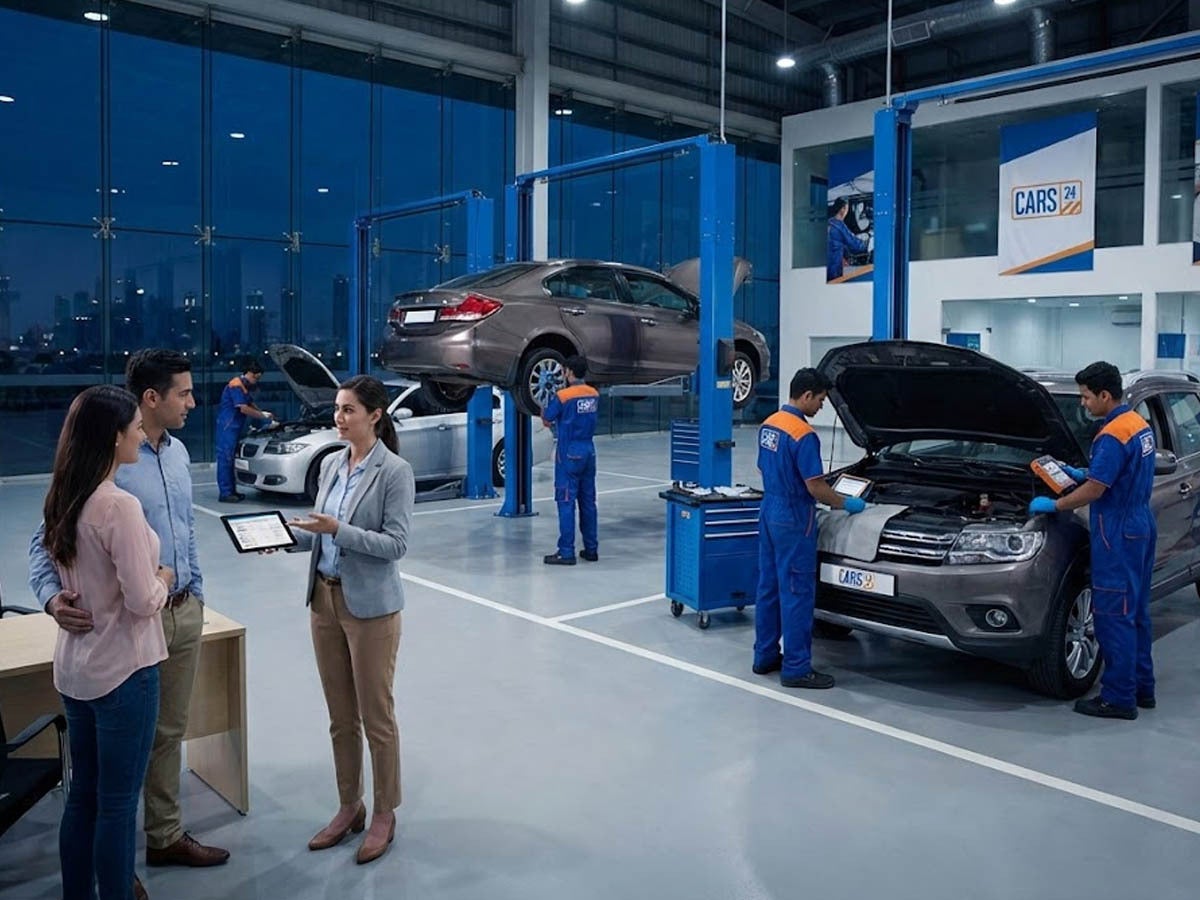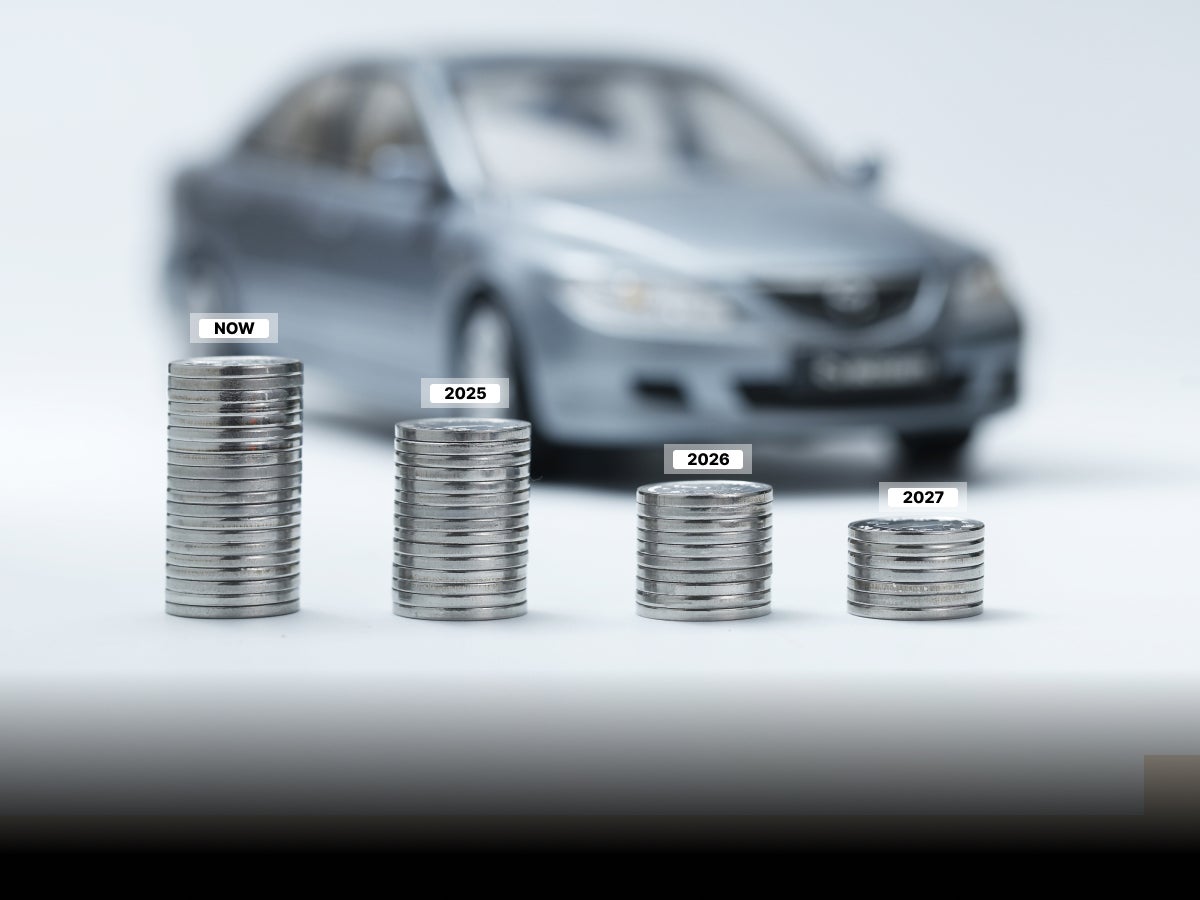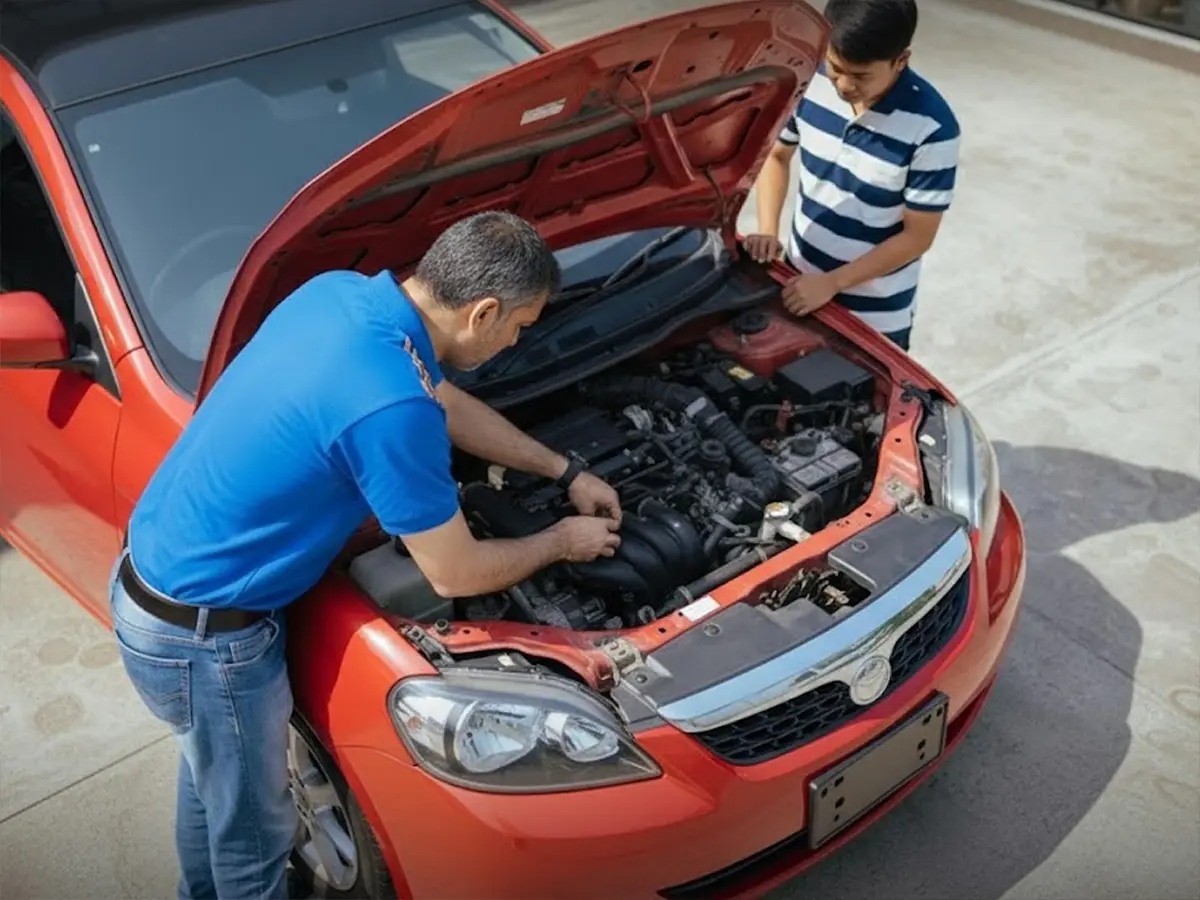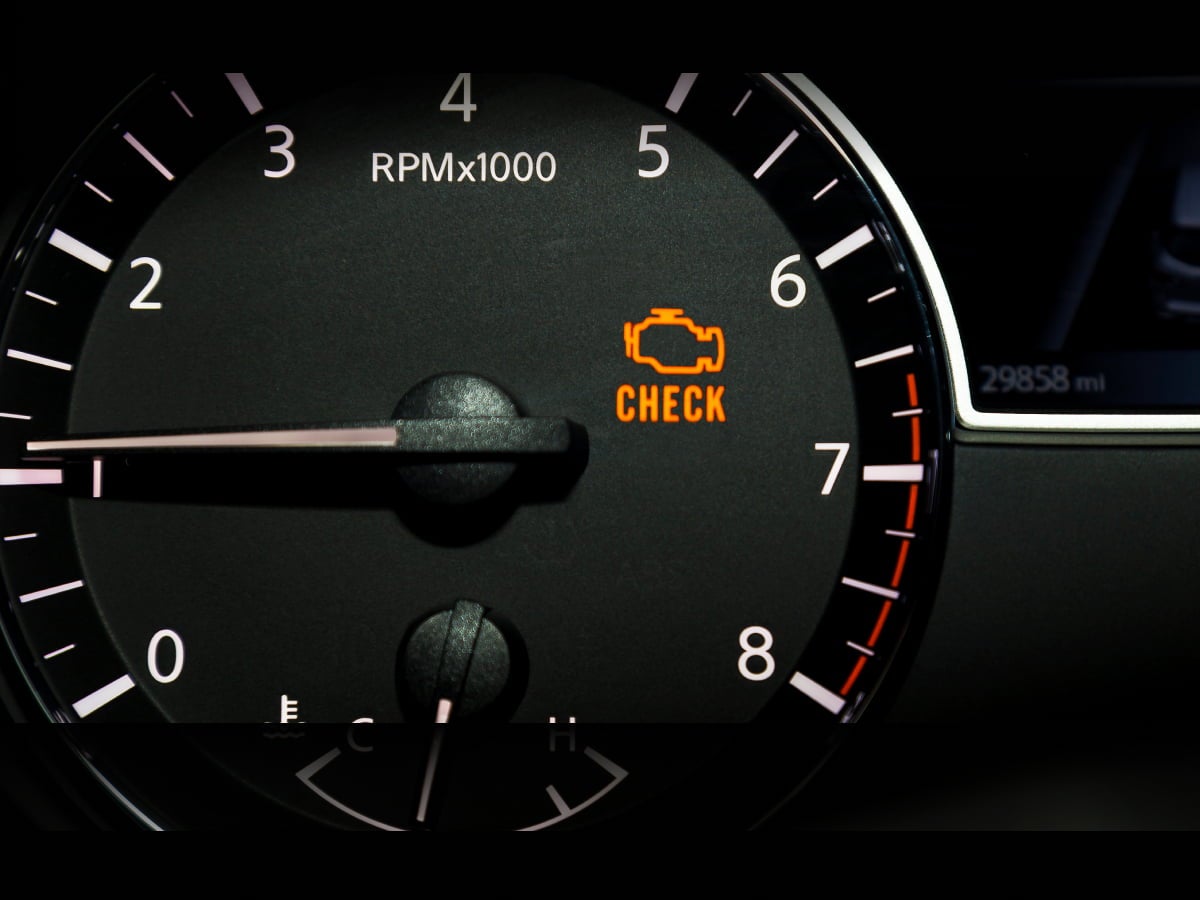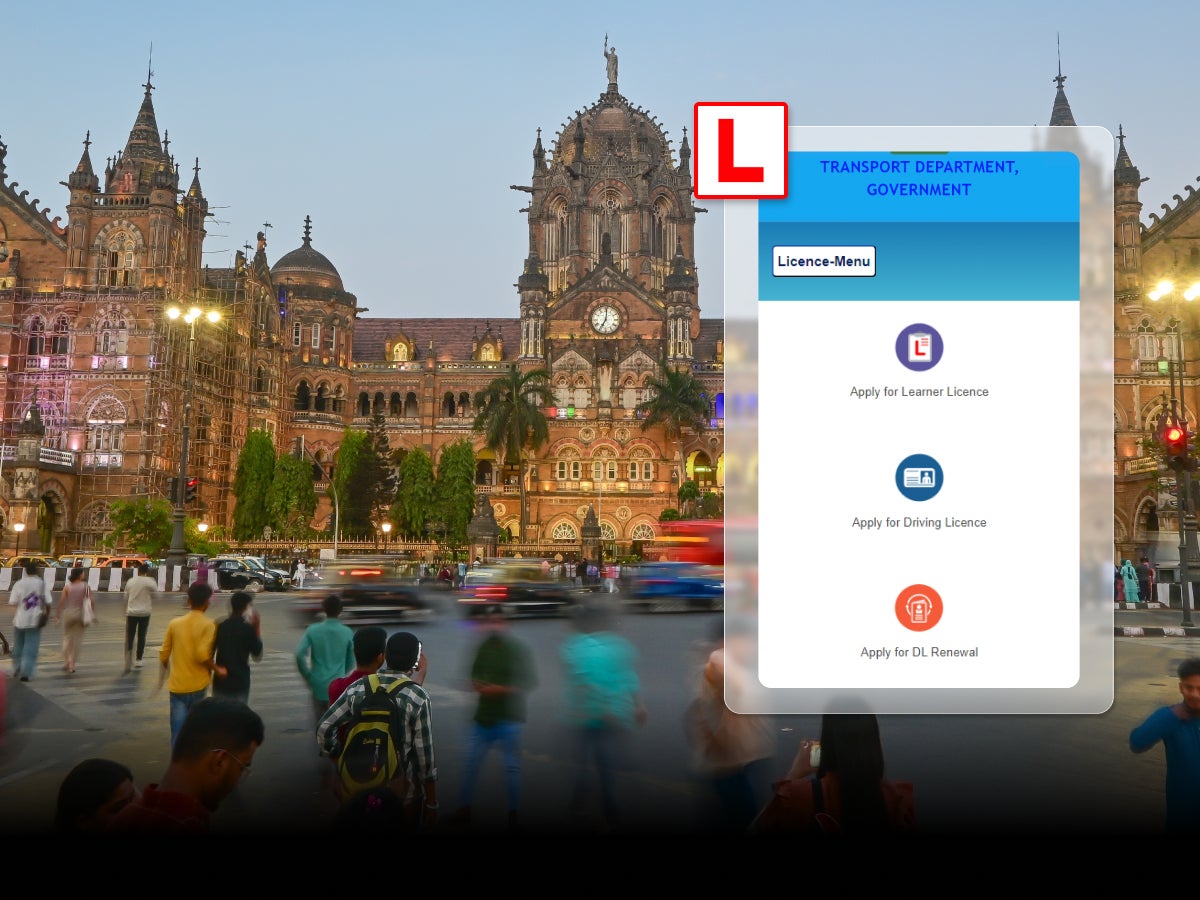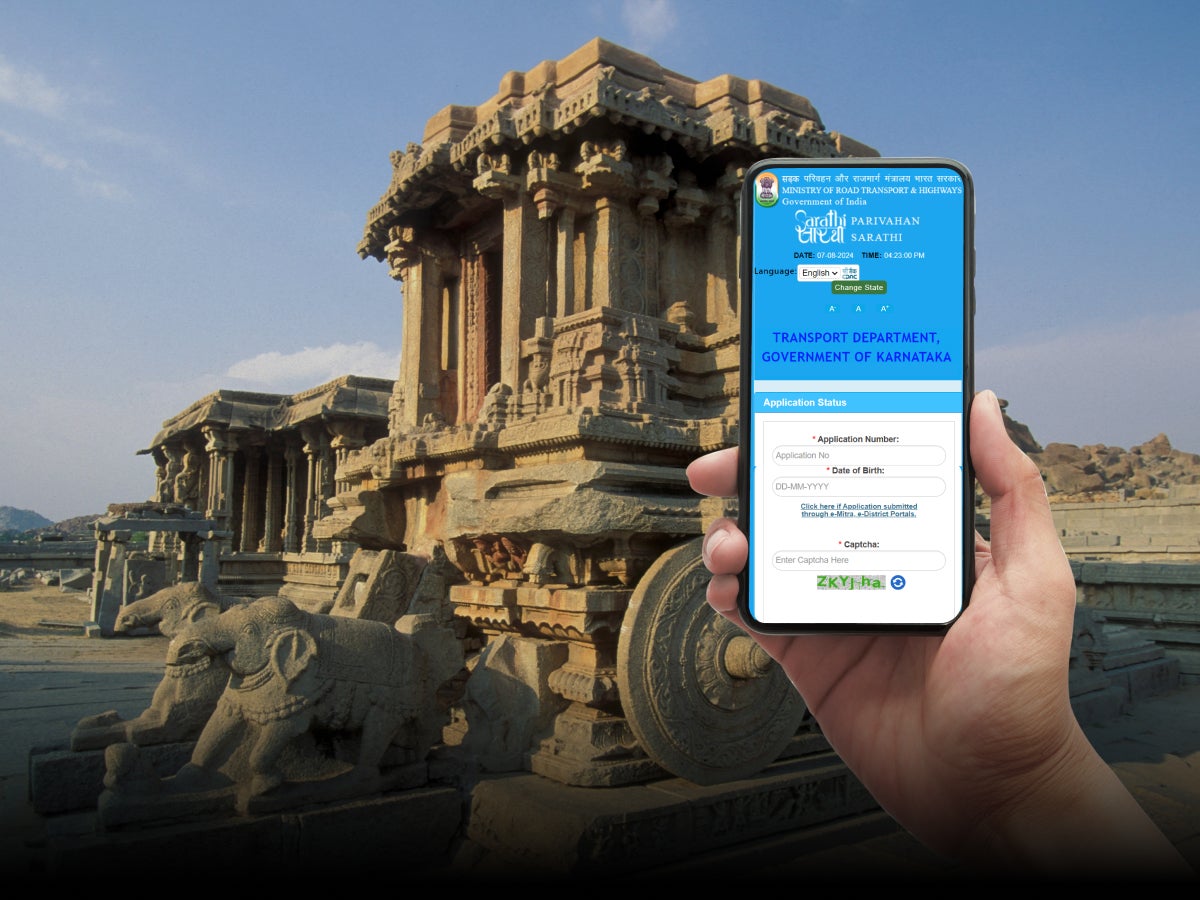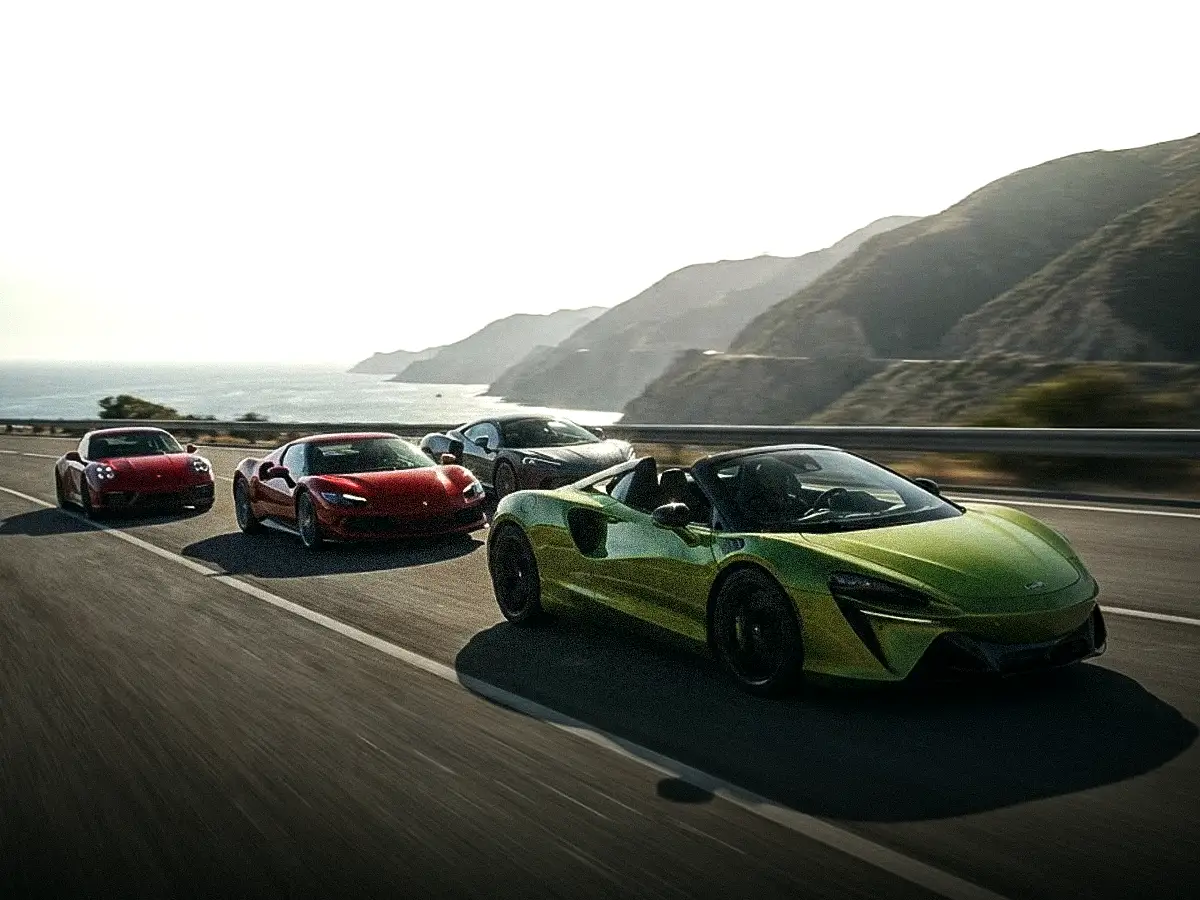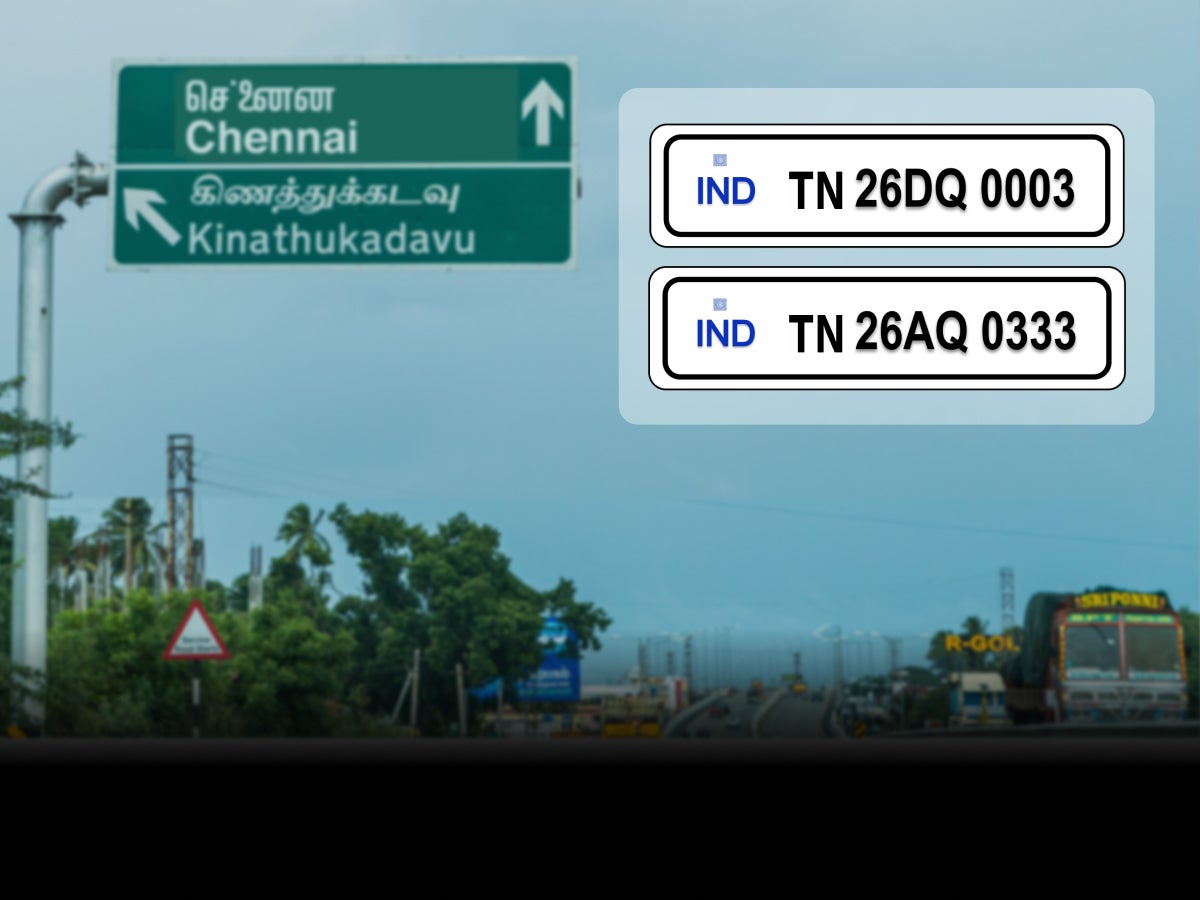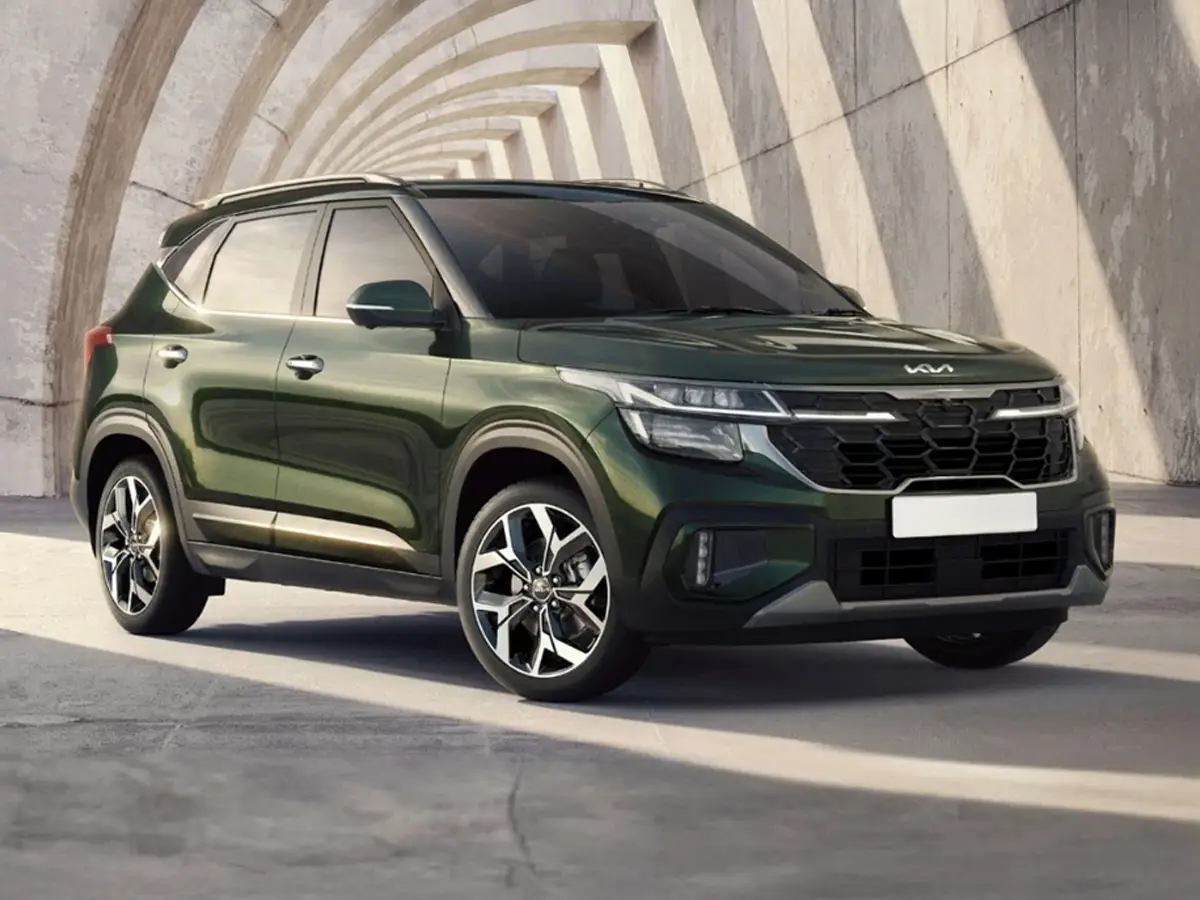

Used Kia Seltos DCT: Is It a Time Bomb or a Great Deal?
- 1Used Seltos DCT issues include jerks, overheating, and limp mode
- 2Fixes range from ₹500 calibrations to ₹1 lakh gearbox swaps
- 3Service history and TCU updates decide if it’s risky or rewarding
When the Kia Seltos was first released in 2019, the turbo-petrol DCT made headlines. The 1.4-litre turbo (upgraded to 1.5-litre turbo in March 2023) paired with a 7-speed dual-clutch made the SUV fast, fuel-efficient, and much more thrilling than any competitor. But five years later, as these cars make their way into the second-hand market, buyers have one nagging question: are the used Seltos DCT issues a ticking time bomb, or is it still a smart purchase?
The truth is layered. Some owners are driving trouble-free well beyond 1 lakh km, while others have experienced jerking, overheating, warning lights, or expensive repair work within 30,000-50,000 km. Let's decipher the patterns so you can make your own judgment.
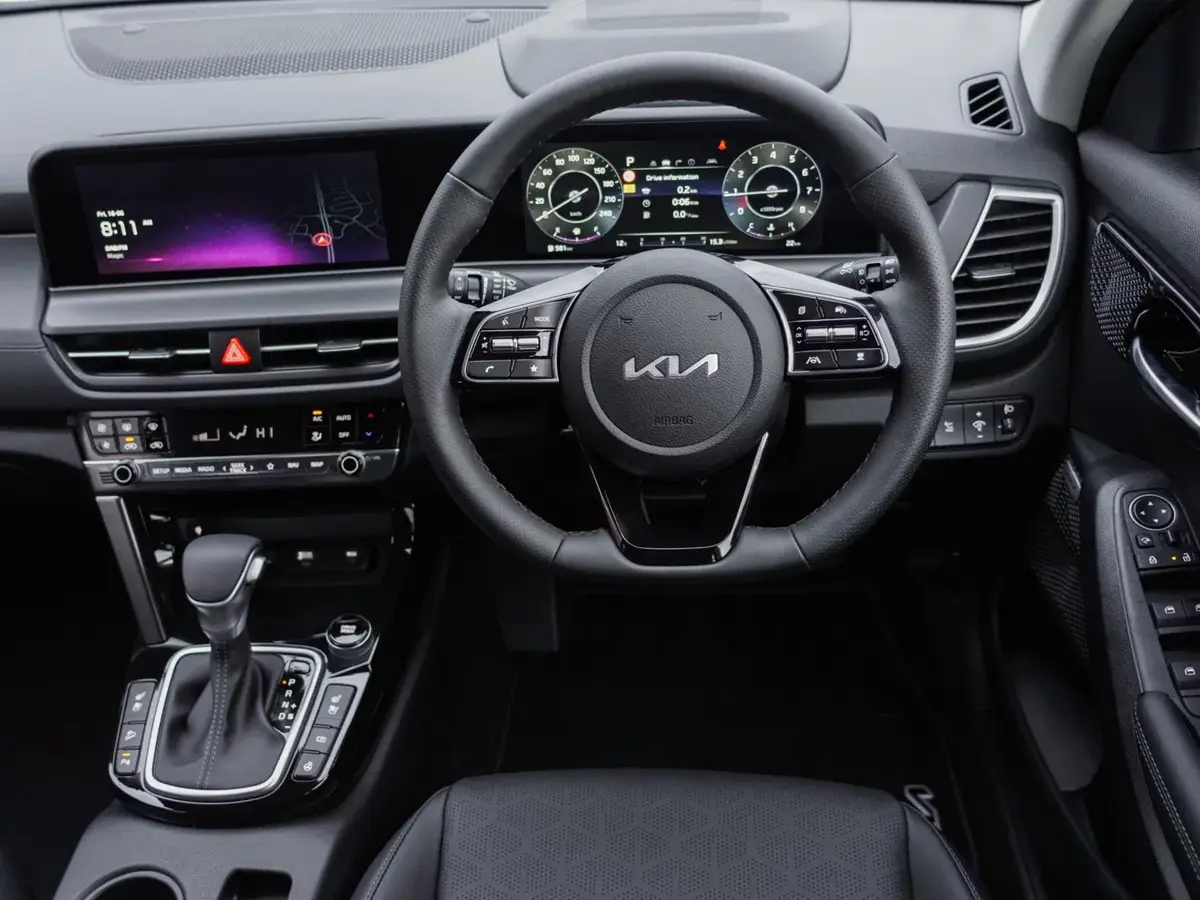
Why the Seltos DCT Divides Opinion?
The 7-speed dry dual-clutch transmission (DCT) in the Seltos is not a conventional automatic. It's basically two clutch manual gearboxes with automated clutches. This design allows rapid response during shifting, but also makes the system heat-sensitive. In the congested traffic and hilly terrains of India, that’s where the most common used Seltos DCT issues show up.
Owners on forums describe:
- Jerks and hesitation in crawling traffic.
- Juddering or skipping gears at low speed.
- Overheating warnings after long climbs or bumper-to-bumper commutes.
- In rare cases, limp mode, where the car refuses to accelerate properly until cooled down.
While Kia issued software and TCU updates to smooth things out, not every car on the used market has received them.
Moreover, ultimately, the Kia-Hyundai 7-speed DCT is a dry-clutch DCT; in comparison to a wet clutch transmission, the one on the Seltos is less thermally optimised, hence it faces higher wear when it comes to managing crawling city traffic duties.
Replacement & Repair Costs: When Small Fixes Become Big Bills
On paper, repairing the DCT is not always expensive. Minor calibration or software reset can be done for ₹500–₹2,000. For instance, jobs like clutch actuator repair/cleaning can be done for approximately ₹4,000–₹5,000. But when it comes to bigger repairs, the cost can quickly escalate. For instance, a full clutch pack replacement for the Kia Seltos DCT is quoted for anywhere between ₹40,000 to even up to ₹60,000 (including labour) in some cases. Not to mention, replacements concerned with the complete TCU (Transmission Control Unit) can easily climb up to in excess of a lakh.
This explains why used buyers are careful. Spending ₹2–3 lakh on depreciation is tempting, but one gearbox failure can cost half of this saving.
Are All Model Years Equally Risky?
Not quite. Early builds from 2019-2021 were more likely to experience used Seltos DCT issues, whilst many owners say the 2022+ facelifts have improved reliability. This is because of the improved hardware and changes to calibrations that have reduced the common issues in Kia Seltos.
That said, this is not a manufacturer-confirmed solution: this is community consensus. Which means as a buyer, you must verify service records to see if updates were applied.
How to Spot Trouble Before You Buy
Do not just drive around the block. To test used Seltos DCT issues, follow these steps:
- Cold start test: Jerks while moving off usually signal early actuator wear.
- 20-minute traffic simulation: Overheating and judder often show up only after the gearbox warms.
- Warning lights: Transmission icons or limp behaviour should be a deal-breaker.
- Scan history: Ask for diagnostic reports or at least check invoices for clutch/actuator work.
- Service records: Cars with TCU updates and timely services fare far better.
If a seller is reluctant about the paperwork, it's time to walk away or at least to negotiate hard.
Negotiation Edge in the Used Market
Here's how wise buyers turn risk into leverage:
- Jerky test drive: Shave ₹40,000–₹50,000 off, citing upcoming clutch work.
- Missing TCU update record: Factor ₹20,000–₹30,000 as risk in your offer.
- High mileage (70,000+ kilometres): Unless heavily discounted, these units carry a higher chance of used Seltos DCT issues.
On the flip side, a car that has complete records, recent clutch work and clean diagnostics might actually be a bargain. That's where platforms like CARS24 help: where listings go through a pre-inspection, so you're not gambling blindly on hidden gearbox drama.
Which Kia Seltos Variant to Buy for Which Type of Buyer:
- City-only users who clock <10,000 km a year: Consider alternatives like IVT (CVT) or torque converter ATs, as they’re less sensitive.
- Highway-biased drivers: If you can get hold of a clean unit, the DCT's quick shifts make it a joy to drive on the expressways.
- Budget-focused buyers: If you are looking to save on depreciation but don't want any unexpected surprises around the cost of owning a car, check out non-DCT trims in the used market.
For enthusiasts who are looking for performance, a well-kept DCT can still be a great deal. Just don’t buy blind.
Summary
The Seltos DCT is a typical double-edged sword. It provides punchy performance and efficiency, but the used Seltos DCT issues, such as overheating, jerks, and costly clutch/actuator repair, can crop up. It's a gamble to buy unless you know the service history and updates. For some, it's a ticking time bomb. For others who land a clean car, it's an underpriced turbo SUV that gives you thrills on a budget.
If you're not interested in the hassle of decoding the gearbox risks, browse through Kia Seltos used cars at CARS24. Each one is inspected across hundreds of checkpoints and comes with warranty options so that you can enjoy the drive without gearbox anxiety.
Frequently Asked Questions
Expand all



